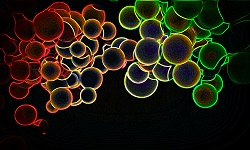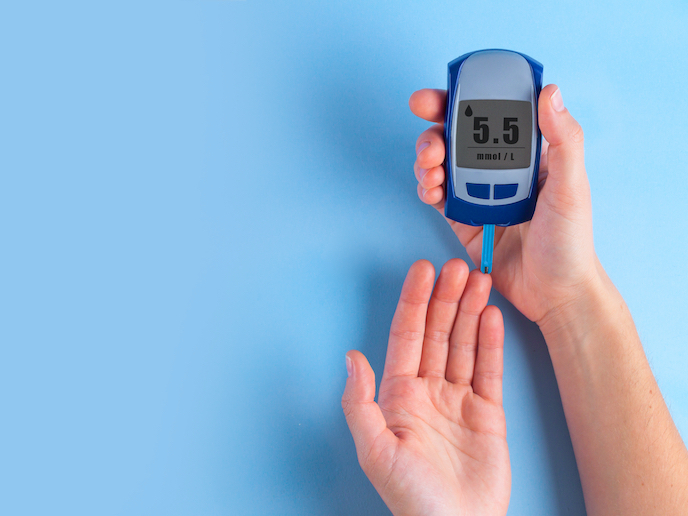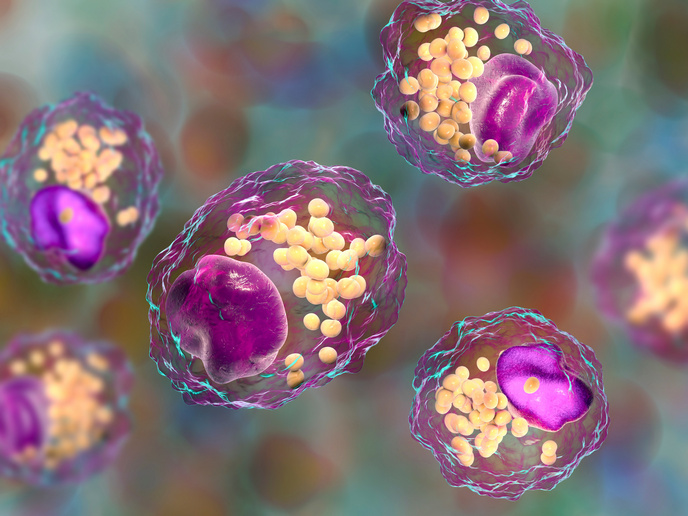Nanoparticles act as enzymes
Enzymes function under a certain set of physiological conditions. Changes in temperature and pH may affect their structure and render them inactive, a considerable drawback for technological processes including food processing. To overcome the limited flexibility of enzymes for application in technical synthesis, scientists of ‘the EU-funded ARTEN project looked for potential enzyme analogues less sensitive to environmental changes and with higher efficiency for large scale catalytic processes, such as in industry,’ explains project coordinator, Dr Knez. Inorganic NPs act as molecular biomimics Up to now, few examples of inorganic NPs have been investigated - mostly various metals, metal oxides and alloys. However, many aspects of enzyme-analogue catalytic reactions of inorganic particles remain poorly understood. ARTEN scientists discovered that some standard catalysts such as platinum and gold have shared characteristics with certain enzyme reactions. They were particularly interested in enzymes such as catalase, superoxide dismutase and ferroxidase, some of which are already used in cosmetics and implicated in redox signalling. Redox enzymes are very common in nature and are related to oxidative stress and inflammation. Furthermore, they discovered inhibitors that selectively prevent individual catalytic reactions, while not affecting others occurring in parallel. Following detailed characterisation of the catalytic activity of the inorganic NPs, scientists observed that changes in the pH enhanced their conversion efficiency. Furthermore, these NPs can also be recovered after reaction completion unlike traditional enzymes. Overall, the developed NPs broaden the applicability range of certain enzyme-like reactions towards operational temperatures and pH values commonly not acceptable for enzymes. NPs caged in protein Inorganic NPs were encapsulated in specific protein shells through controlled synthesis, resulting in composite bio-inorganic enzymes. These protein-encapsulated inorganic NPs exhibited high catalytic activity and a large active surface, if compared to traditional enzymes. In addition, researchers demonstrated that it is possible to change the physical and chemical properties - such as size and surface structure -and fine-tune the resulting catalytic activity. Since inorganic NPs were synthesised within protein-based templates, researchers had to overcome major challenges related to the interaction between the organic and inorganic part of these enzyme analogues. Interestingly, they discovered that the protein shell provided protection to the NPs as well as further synergistic activity. The protein component itself could serve as efficient drug and gene delivery agent. This is of great interest to the biomedical community. Applications for inorganic artificial enzymes The initial results generated during ARTEN promise great potential for innovation both from a scientific and technological aspect. Regarding the clinical application of this system, Knez explains, ‘It is far too early to think about real applications, but with some optimisation regarding selectivity of binding to cells or tissues, the particles may indeed be applied in certain therapies.’ Given the important role of catalytic conversion in the biotech sector, the ARTEN inorganic NP enzyme analogues would provide a better alternative for high throughput catalysis. Partners ‘hope to receive further funding in order to broaden the knowledge and spectrum of available artificial enzymes in the coming years.’
Keywords
ARTEN, enzyme, inorganic nanoparticles, protein, catalytic reaction







